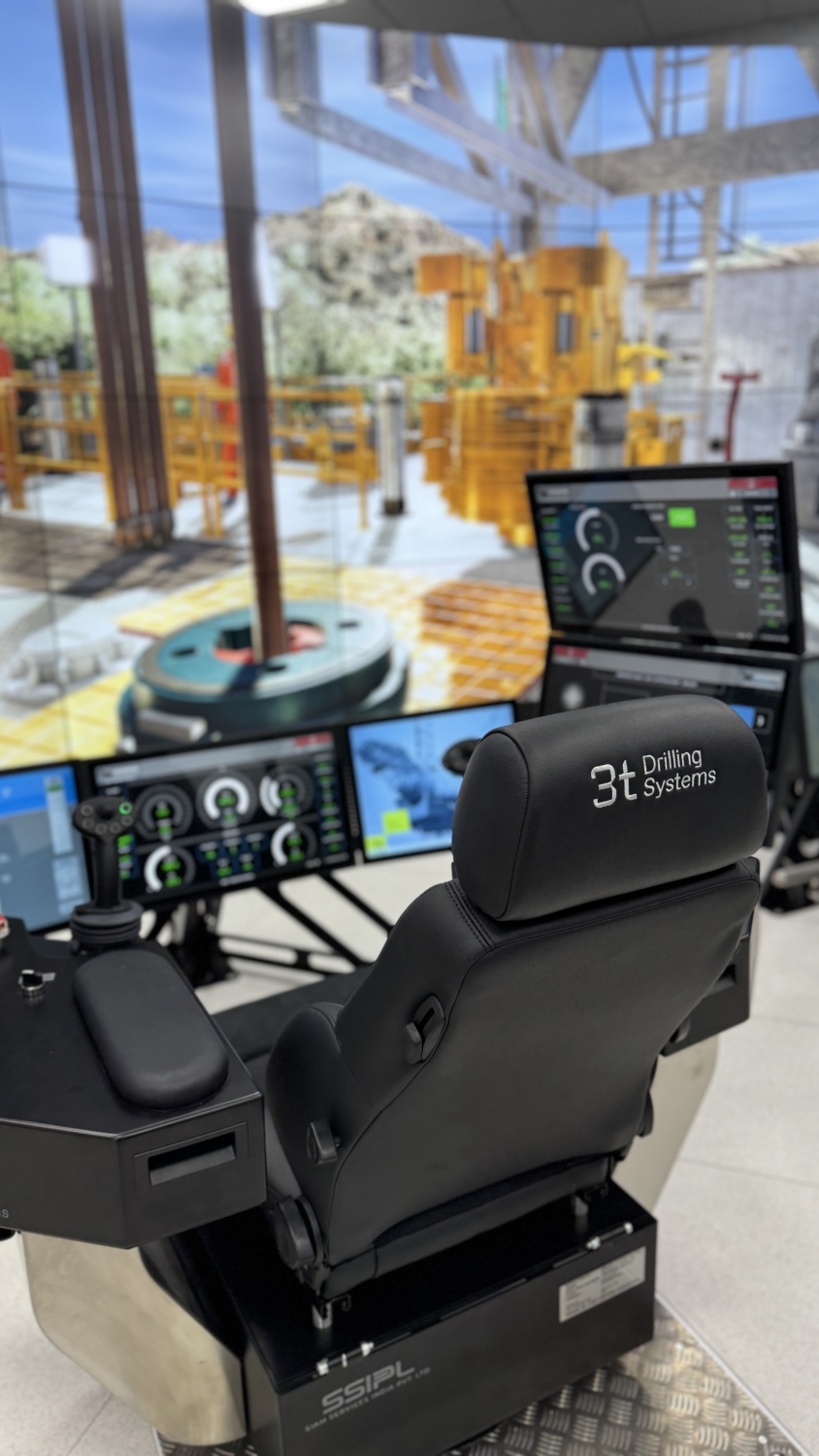In the rapidly evolving landscape of Learning and Development (L&D), automation is emerging as a game-changer. Particularly in safety-critical industries, organisations strive to keep pace with technological advancements and changing workforce dynamics. Integrating automation into L&D processes has become essential, enhancing efficiency and driving growth by enabling more effective training and development initiatives. Our 3tx platform is at the forefront of this transformation, providing the tools and capabilities needed to leverage automation fully.
The Need for Automation in L&D
The administrative burden associated with traditional L&D activities can be overwhelming. Tasks such as scheduling, enrolment, feedback collection, and compliance tracking consume valuable time and resources. According to a study by Deloitte, organisations spend up to 40% of their training budgets on administrative tasks alone. This highlights a significant opportunity for automation to streamline these processes and allow L&D professionals to focus on more strategic activities, which is particularly critical in safety-critical industries where precision and compliance are paramount.
Benefits of Automation in L&D
- Increased Efficiency: Automation reduces the time spent on repetitive tasks, allowing L&D teams to operate more efficiently. For example, automated scheduling systems can handle enrolments, send reminders, and manage waitlists without manual intervention. This ensures that training sessions are filled efficiently and reduces the workload on administrative staff.
- Enhanced Accuracy: Manual data entry is prone to errors, which can lead to inaccurate records and reporting. Automation tools minimise these risks by ensuring consistent and precise data handling. This improves the reliability of training records and compliance documentation, which is crucial for regulatory purposes.
- Improved Learner Experience: Automated systems can personalise the learning experience by tailoring content to individual needs and preferences. This not only enhances engagement but also improves learning outcomes. A report by LinkedIn Learning found that 91% of employees prefer training that is relevant to their role and easy to access.
- Scalability: As organisations grow, the demand for training increases. Automation allows L&D departments to scale their operations without a proportional increase in administrative effort. This is particularly beneficial for global organisations with a diverse and geographically dispersed workforce.
- Data-Driven Insights: Automation tools provide real-time analytics and reporting capabilities, offering valuable insights into training effectiveness and learner progress. These insights enable L&D professionals to make informed decisions and continuously improve their programmes.
Key Areas for Automation in L&D
- Enrolment and Scheduling: Automated enrolment systems can manage sign-ups, confirmations, and cancellations, ensuring a seamless scheduling process.
- Feedback Collection: Gathering and analysing feedback manually can be time-consuming. Automation tools can send out surveys automatically at the end of training sessions and compile the responses for analysis. This provides immediate insights into the effectiveness of training programmes and areas for improvement.
- Compliance Management: Ensuring compliance with industry regulations and internal policies is a critical function of L&D. Automation tools can track certifications, send renewal reminders, and maintain up-to-date records, simplifying compliance management. This is especially vital in safety-critical industries where compliance is not just a regulatory requirement but a cornerstone of operational safety.
- Content Delivery: Learning Management Systems (LMS) can automate content delivery, ensuring that learners receive the right materials at the right time. These systems can also personalise content based on individual learning paths.
- Reporting and Analytics: Automated reporting tools can generate detailed analytics on training participation, engagement levels, and performance outcomes. Platforms like 3tx enable the creation of interactive dashboards that provide real-time insights into training metrics.
Implementing Automation in L&D
- Assess Current Processes: Begin by evaluating your existing L&D processes to identify areas that can benefit from automation. Focus on tasks that are repetitive, time-consuming, and prone to errors.
- Select Appropriate Tools: Choose automation tools that align with your organisation’s needs and integrate seamlessly with your existing systems. Consider factors such as ease of use, scalability, and support services.
- Train Your Team: Provide comprehensive training for your L&D team to ensure they can effectively use the new automation tools. Ongoing support and development will help maximise the benefits of automation.
- Monitor and Optimise: Continuously monitor the performance of your automation tools and gather feedback from users. Use this information to make adjustments and optimise your processes for better efficiency and outcomes.
Embracing automation in L&D is no longer optional; it’s a strategic imperative for organisations aiming to enhance efficiency and drive growth. By automating routine tasks, L&D professionals can focus on delivering high-quality training that meets the evolving needs of the workforce. As technology continues to advance, the future of L&D will be shaped by innovative automation solutions that empower organisations to achieve their training and development goals more effectively.
If you would like to understand how we can help you with your L&D please contact
Are you looking to reduce administrative burdens, enhance accuracy and improve learner experiences, all while driving growth and ensuring compliance? Discover how 3tx can transform your L&D initiatives by contacting sales.digital@3tglobal.com today.


